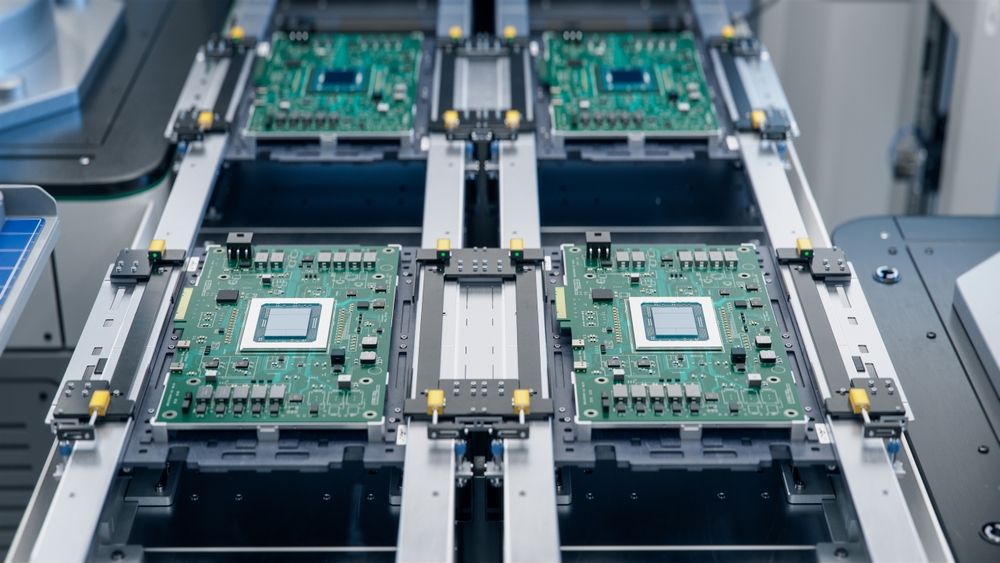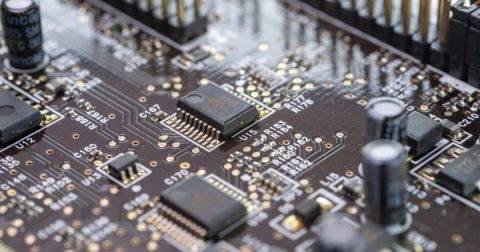PCB Procurement Checklist for Assembly Success

The most consequential sources of delay in PCB assembly have nothing to do with the assembler. They originate in the design data and procurement process. Product designers, and particularly PCB designers, have a responsibility to maintain the design data repository to ensure it reflects complete and accurate supply chain information. Buyers then need to take this information and implement a process that accounts for and mitigates any sources of delay in a PCBA production run.
To see if your process can address all the potential causes of PCB assembly delays, we created this downloadable procurement checklist. It addresses the top factors that cause delays and cost overruns in PCB assembly, both from the design data management perspective and the procurement process perspective.
- Click Download PDF at the top of the page to get instant access to PCB Procurement Checklist for Assembly Success
How PCB Assembly Delays Start
Your PCBA manufacturer isn't always the bottleneck. The root cause often traces back to incomplete BOMs, missing attrition calculations, or supply chain blind spots that should have been caught before executing purchases. These are information problems that compound during handoffs between engineering and procurement.
This comprehensive procurement checklist gives both designers and buyers a shared framework for identifying problems before they impact your production schedule. It covers seven critical checkpoints that, when properly addressed, eliminate the most common sources of PCB assembly delays and cost overruns:
- BOM Completeness - Learn what information each line item absolutely must contain, from manufacturer part numbers that match packaging specifications to approved vendor data. Incomplete BOMs are a major cause of procurement delays and can even drive design changes.
- Attrition Requirements - Understand the factors that impact component overage requirements. For prototype and small-batch runs, missing attrition quantities will delay production before it starts.
- Backordered Parts - Don’t get caught ordering parts that the distributor doesn’t currently stock; learn to identify when parts are on backorder before your order gets broken into multiple shipments. Buyers may need to rely on alternate vendors on the AVL or consider qualified brokers.
- Substitute Parts Qualification - Can you trust alternate parts recommendations on distributor websites? In regulated industries, reliability and qualification standards limit the range of substitution options. This puts more burden on engineering to identify substitute parts in their PCB libraries.
- Price Breaks - Find out how to identify when your order quantities are close to triggering volume discounts without trial-and-error on pricing. Small per-unit savings will compound significantly as a production run is scaled.
- Obsolescence Management - Establish a process for catching end-of-life (EOL) and last time to buy (LTTB) notices before they force last-minute design changes. See how a strategically timed BOM review reduces the time window for parts to go EOL/LTTB.
- Tariff and Country of Origin Tracking - Navigate today's complex trade environment by understanding how to factor import costs into your per-assembly calculations. Higher tariff rates have made country of origin a significant cost driver that can no longer be ignored.
The foundation of smooth procurement lies in two places: accurate component data in your PCB libraries and robust supply chain visibility through your preferred platforms. When these information sources align, your BOM becomes a reliable execution document rather than a starting point for investigation.

This checklist is a collaboration framework used by the most successful companies to align engineering and procurement early in the design cycle. Design teams using integrated tools that combine PCB design capabilities with supply chain data can export production-ready BOMs that dramatically accelerate order processing. Procurement teams equipped with platforms that surface real-time availability, pricing tiers, and alternate part options can execute purchases without endless back-and-forth clarifications.
When designers maintain complete supply chain data in their PCB libraries from the start, buyers receive BOMs they can execute with confidence. When procurement understands the engineering constraints around part selection and qualification, they can make sourcing decisions that respect technical requirements while maintaining cost competitiveness.
Download the PCB Procurement Checklist
This checklist helps you build a process that addresses every major source of delay in parts procurement for PCB assembly orders. Whether you're running prototypes or scaling to full production, these seven checkpoints will help you maintain momentum from design release through manufacturing.
Stop letting preventable delays push out your production schedules. Download the complete PCB Procurement Checklist and start building a more efficient collaboration between your design and procurement teams.
Whether you need to build reliable power electronics or advanced digital systems, Altium Develop unites every discipline into one collaborative force. Free from silos. Free from limits. It’s where engineers, designers, and innovators work as one to co-create without constraints. Experience Altium Develop today!









